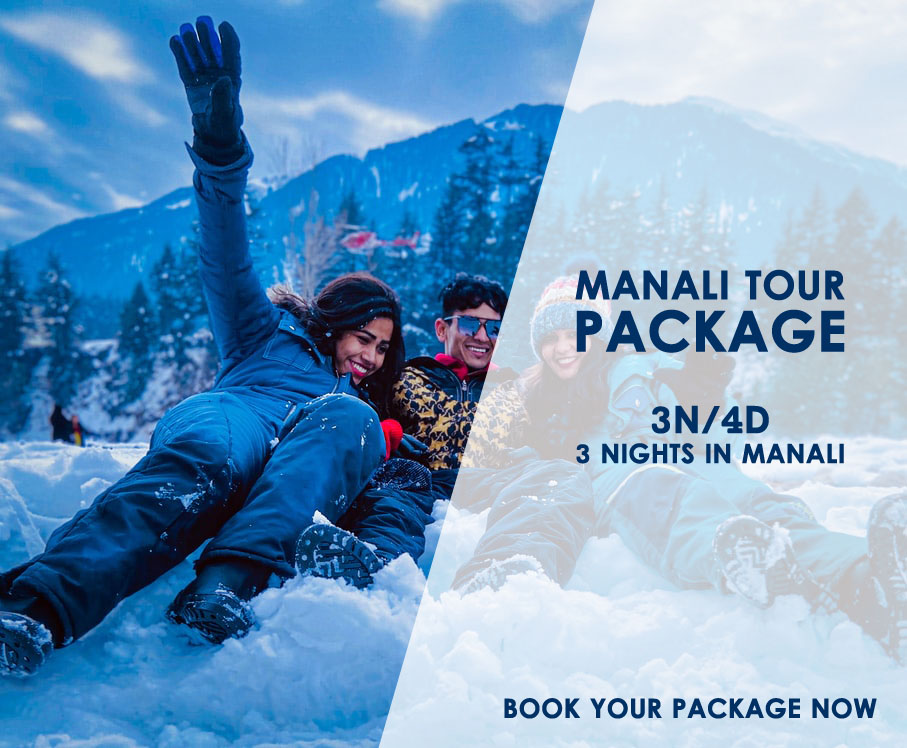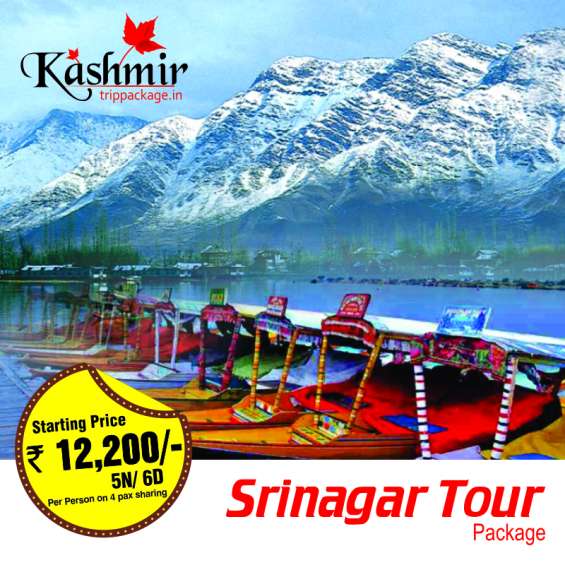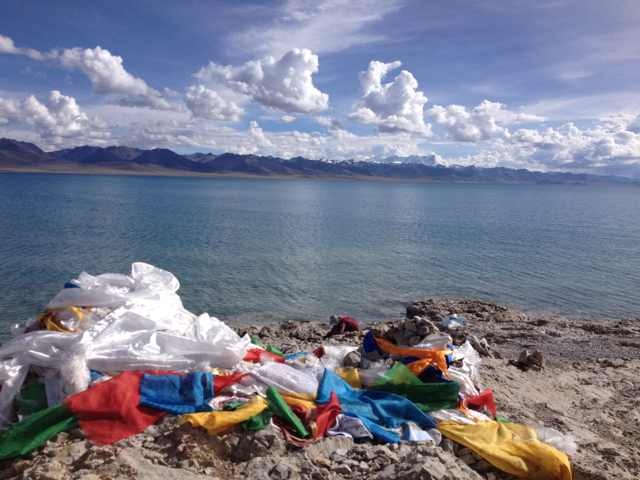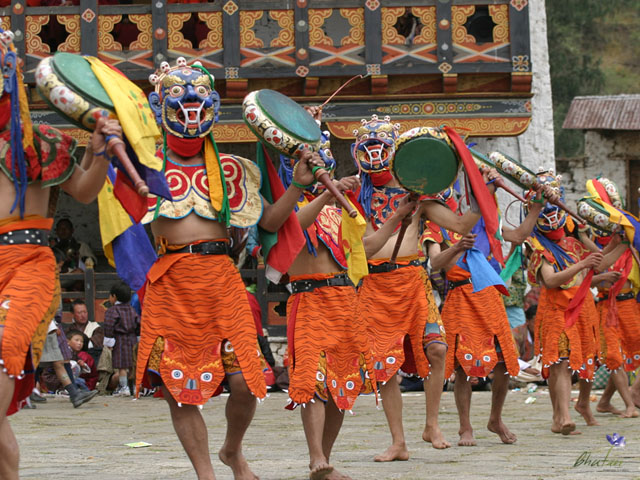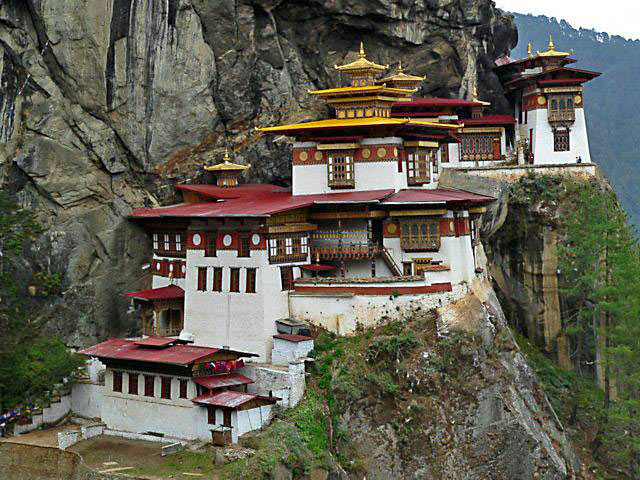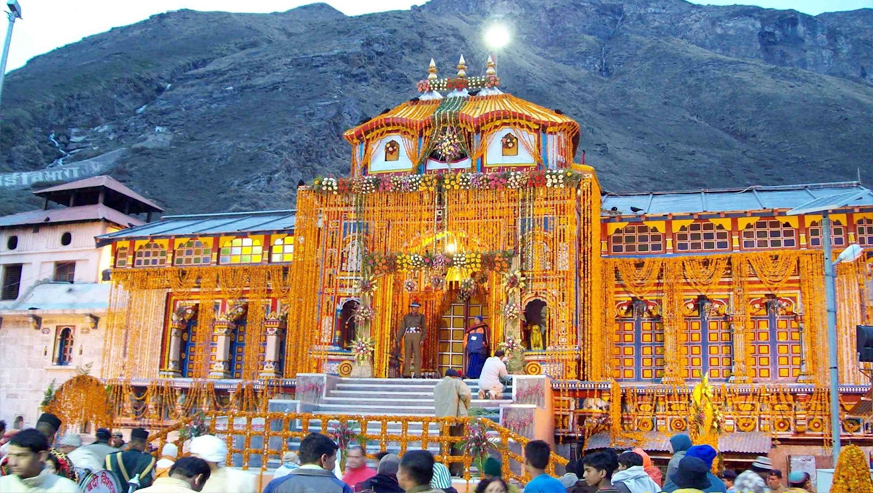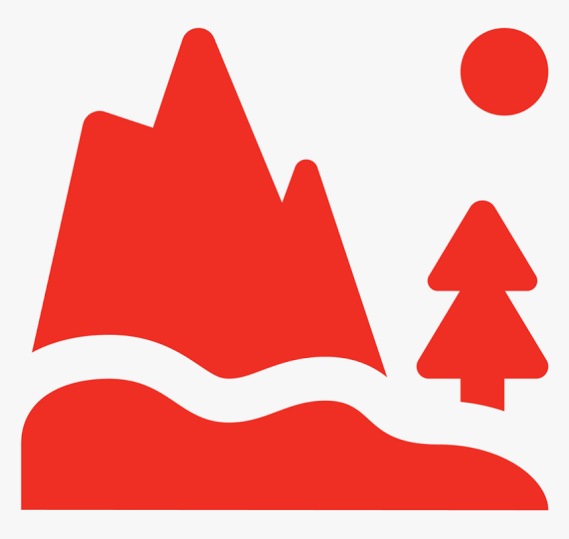The Destination for All Seasons Bhutan
Duration: 7 Nights 8 Days
Destination Covered:Thimphu - Punakha & Wangdue - Paro
Price: Price On Request
Bhutan, one of the place where you will get the quality of life, land of happiness, And so South India Tour and Travels Pvt Ltd has designed Blissful the Destination for All Seasons Bhutan.
Bhutan has a rich history and culture, which its citizens fiercely preserve. From the Great Buddha Dordenma statue to the Motithang Takin Preserve in Thimpu, from the Sangchhen Dorji temple in Punakha to Bhutans National Museum in Paro, experience the colorful culture, here in Bhutan. The ‘land of the thunder dragon, is interestingly rich when measured by its citizens ‘gross national happiness. Probably the only place on the planet where the quality of life takes precedence over financial success, every tree cut here requires three more to be planted in its place, and you can certainly see the difference this makes. Of precariously perched monasteries and a forest cover of over 70 percent, Bhutan is truly pristine
If you are planning to go to Bhutan for the first time, this tour package is perfect for you. The Destination for All Seasons Bhutan is the reasonable tour package so that you can spend your next holiday here.
South India Tour and Travels Pvt Ltd provides you the best all type of Bhutan Tour package like –The Destination for All Seasons Bhutan with the en-route stop at Chuzom, Visit Memorial Chorten, Buddha Point (Kuensel Phodrang), Changangkha Lhakhang, National Library, Folk Heritage Museum, Dzongdrakha temple. The tour package includes Assistance on Arrival, Daily Breakfast, and Hotel Accommodation on twin / double sharing basis, Welcome Drink on Arrival at Hotel, all transfers & sightseeing by dedicated Private vehicle.
The flight to Paro is one of the most spectacular in entire Himalayas. Whether flying along the Himalayan range from Kathmandu or over the foothills from Kolkatta, the journey offers fascinating views and an exciting descent into the Kingdom. Bhutan’s first gift, as you disembark from the aircraft will be cool, clean fresh mountain air. After immigration formalities and baggage collection, you will be met by our representative, and afterwards drive to Thimphu, the capital town of Bhutan with en-route stop at Chuzom, the confluence of Thimphu and Paro rivers. Three different style of stupas ; Tibetan, Nepalese and Bhutanese adorn this confluence. bhutan On arrival, in Thimphu check-into the hotel. The capital town of Bhutan and the centre of Government, religion and commerce, Thimphu is a unique city with unusual mixture of modern development alongside ancient traditions. Situated in western Bhutan, with the population of about 1,00,000, it is perhaps still the world’s only capital city without a traffic light. Evening an exploratory walk around Thimphu city centre. Overnight at the hotel in Thimphu. (Altitude 2,320m)
After breakfast, drive to visit Memorial Chorten. Also known as Thimphu Chorten, this stupa is located at the heart of the Thimphu city and was built in 1974 to honour the third King of Bhutan, His Majesty Jigme Dorji Wangchuk (1928-1972) popularly known as Father of modern Bhutan. Afterwards visit to Buddha Point (Kuensel Phodrang). It holds one of the largest Buddha’s statue in the country of 169 feet (51.5m), made of bronze and gilded in gold. Visitors can also get a good overview of the Thimphu valley from this point. Then visit Changangkha Lhakhang. This temple is located above central Thimphu, built in 12th century by Lama Phajo Drukgom Shigpo on a ridge overlooking the town. Local parents traditionally come here to get auspicious names for their newborns or blessing from the protector deity ‘Tamdrin’. Later drive to upper Motithang in Thimphu to visit Takin Preserve. The Takin is the national animal of Bhutan, and looks like a cross between a cow and a goat. Legend has it that the animal was created by the great Buddhist yogi, Drukpa Kuenley, and it can be found only in Bhutan and nearby areas. Taxonomists place the animal in a category of its own as it is not similar enough to any other animal to fit established categories. Post lunch, sightseeing in Thimphu valley including visit to the following : the National Library, housing an extensive collection of priceless Buddhist manuscripts; the Institute for Zorig Chusum (commonly known as the Painting School) where students undergo a 6-year training course in Bhutan’s 13 traditional arts and crafts, Textile Museum, which provides deep insight into Bhutan’s one of the most distinct art form, Folk Heritage Museum, dedicated to connect people with the rich Bhutanese Folk heritage and rural history through exhibits, demonstrations, educational programs and documentation of Bhutanese rural life. Â bhutanConclude the day’s sightseeing with visit of Trashichhoedzong, or ‘the fortress of the glorious religion’. This is one of the most impressive buildings situated along the right flank of the Thimphu river built in 1641 by Zhabdrung Ngawang Namgyel who unified Bhutan and was later reconstructed in 1962 by the third King His Majesty Jigme Dorji Wangchuk. This impressive fortress/monastery houses Secretariat building, the throne room of His Majesty, the King and various government offices. Evening at leisure in Thimphu city centre. Also explore the Local Crafts Bazaar, to browse through example of Bhutans fine traditional arts. Overnight at the hotel in Thimphu. (Altitude 2,320m)
After breakfast, drive up to Dochu-la pass (3,088m/ 10,130 ft) stopping briefly here to take in the view and admire the chorten, mani wall, and prayer flags which decorate the highest point on the road. If skies are clear, the following peaks can be seen from this pass (left to right): Masagang (7,158m), Tsendagang (6,960m), Terigang (7,060m), Jejegangphugang (7,158 m ), Kangphugang (7,170 m ), Zongphugang (7, 060 m ), a table mountain that dominates the isolated region of Lunana - finally Gangkar puensum, the highest peak in Bhutan at 7,497m. Punakha was former capital of Bhutan and seat of the Government until 1955 when the capital was moved to Thimphu. While Wangdue located towards south of Punakha is not more than an enlarged village with a few well provided shops. On arrival check into the hotel. Afternoon visit Punakha Dzong or ‘Palace of Great Happiness or Bliss, built at the junction of the Phochu and Mochu rivers in 1637 by Shabdrung Ngawang Namgyal. This majestic dzong served as both the religious and the administrative center of Bhutan in the past. It measures some 600 by 240 feet and has a six-story, gold-domed tower. Inside are courtyards and religious statuary that hint at the depth of history and spiritual tradition embodied here. Your guide will illuminate your understanding of this intricate culture that is exotic, though long established here.bhutan After exploring Punakha city centre, embark on a short walking excursion to Chimi Lhakhang, located on a ridge surrounded by beautiful paddy fields. From road point, it takes about 10-15 minutes walk through Sobsukha village to reach the monastery. Also known as Fertility temple, it is associated with Lama Drukpa Kuenley, popularly known as ‘Divine Madman’. It is widely believed that couples who do not have children and wanting one, if they pray at this temple, they are usually blessed with a child very soon. Evening drive pass Wangdue town and its market. Overnight at the hotel in Punakha & Wangdue. (Altitude 1,300m)
A beautiful hike takes one to the regal Khamsum Yuelley Namgel Chorten (approx 2 hours round trip walk), which was built to remove negative forces and promote peace, stability and harmony in the changing world. The Chorten dominates the upper Punakha Valley with commanding views across the Mo Chhu and up towards the mountainous peaks of Gasa and beyond. Post lunch, visit to Sangchhen Dorji Lhuendrup Lhakhang (Nunnery). Perched on a ridge amid pine trees and overlooking valleys of Punakha and Wangdu gleams Sangchhen Dorji Lhuendrup temple. It houses a 14-foot main bronze statue of Avalokiteshvara and of Guru Padsambhava, Gautam Buddha, Zhabdrung Ngawang Namgyal, Tsela Namsum, the 21 Taras and Tsepamay (Buddha of longevity). The temple complex also houses a permanent higher learning and meditation center for nuns where, apart from religious training, it provides life skill training such as tailoring, embroidery, statue making and thangkha painting. Then drive on to Talo village. The beautiful village of Talo (alt. 2,800m) which is scattered along the hill slopes, known for its cleanliness and hygiene among Punakha villages. The beautiful farm houses of the village have its own flower gardens and on the hill slope corns and sweet peas are grown in abundance. Also visit Talo Sangnacholing, built on a plateau and has majestic view of surrounding villages. Overnight at the hotel in Punakha & Wangdue. (Altitude 1,300m)
After breakfast drive back to Paro descending back down from Dochu La, follow the way back up the dramatic Wang Chhu and Paro Chhu river valleys, before crossing through Paro town towards the north end of the valley. En route visit Simtokha Dzong, the oldest fortress of the country constructed by Zhabdrung Ngawang Namgyel in 1629. The name Simtokha literally means ‘Atop a Demon’ and the legend associated with the dzong’s construction tells us that it was built in order to subdue an evil spirit that was harassing travelers in the region. Later in the day after checking into hotel, proceed to visit Ta Dzong, originally built as Watchtower, which now houses National Museum. The extensive collection includes antique thangkha paintings, textiles, weapons & armour, household objects and a rich assortment of natural and historic artifacts.bhutan Then walk down the trail to visit Rinpung Dzong, meaning (“fortress of the heap of jewels”), which has a long and fascinating history. Along the wooden galleries lining the inner courtyard are fine wall paintings illustrating Buddhist lore such as four friends, the old man of long life, the wheel of life, scenes from the life of Milarepa, Mount. Sumeru and other cosmic Mandala. Evening take a stroll around interesting city centre of Paro . Overnight at the hotel in Paro. (Altitude 2,280m)
After breakfast excursion to Taktshang Monastery (approx. 5 hours round trip walk): It is one of the most famous of Bhutan’s monasteries, perched on the side of a cliff 900m above the Paro valley floor. It is said that Guru Rinpoche arrived here on the back of a tigress and meditated at this monastery and hence it is called ‘Tiger’s Nest’. This site has been recognised as a most sacred place and visited by Zhabdrung Ngawang Namgyal in 1646 and now visited by all Bhutanese at least once in their lifetime. The hike to the monastery makes a splendid half day excursion. OR After breakfast, visit Dungtse Lhakhang, located in Jangsa village of Paro, the small three-storey monastery is unique in Bhutan as its paintings show the progressive stages of Tantric Buddhist philosophy as well as the most important deities and figures of the Drukpa Kagyupa School. Then excursion to Dzongdrakha temple. Often called as mini Taktsang, Dzongdrakha is a cliff-side temple complex on the western side of Paro valley. Four shrines make up the complex, dedicated to Drolma (Tara), Tsheringma (Goddess of Longevity), Guru Rinpoche and the Buddha of the Future, Maitreya. Local oral tradition states that when Guru Rinpoche first came to Bhutan, he came from Nepal, first landing at Drakarpo, and then Dzongdrakha before arriving at Taktsang (Tiger’s Nest) farther north up the valley. Later in the afternoon drive to Drukgyel Dzong, a ruined fortress where Bhutanese warriors fought Tibetan invaders centuries ago. In the early 1954, the Drukgyel Dzong was completely destroyed by fire and today only the ruins remains. The snowy dome of sacred Chomolhari, "mountain of goddess can be seen in all her glory from the approach road to the Dzong. While return to the hotel, along the way, visit the 7th century Kyichu Lhakhang, one of the 108 temples built in the Himalayas by Tibetan King, Songtsen Gampo. The building of this temple marks the introduction of Buddhism in Bhutan. Overnight at the hotel in Paro. (Altitude 2,280m
After breakfast, full day excursion to Haa valley en route taking a short stop at Chelela pass. At an elevation of 3,988 meters, Chelela is considered to be one of the highest motorable passes in Bhutan. About an hour’s drive along a thickly-forested road, this pass is a botanical paradise. The pass provides stunning views of the sacred mountain Jumolhari and Jichu Drake. It is also marked by hundreds of prayer flags fluttering in the wind. bhutan Haa valley also known as ‘the Hidden-Land Rice Valley’ lies along the three distinctive sister hills (Meri Pun Sum). These hills present a breathtaking view, like heaps of flour in the middle of valley. They appear equal in height, in a line and upright without touching one another. Haa valley is one of the most picturesque places in the country. Visit Lhakhang Karpo (White temple), established in the 7th century by Tibetan King Songtsen Gempo. According to legends, a black and white pigeon were released to select the site for temples and the white pigeon landed on the foothills of the three towering mountains worshipped as ‘Rigsum gonpo’ and is where this temple stands today. Then visit, Lhakhang Nagpo (Black temple), also built in 7th century by Tibetan King Songtsen Gempo and situated towards the north of Lhakhang Karpo. Lhakhang Nagpo serves as the seat for the guardian deity ‘Da Do Chen’. The principal relic of the monastery is the Choe-Lung-Truel Sum. Both these temples stand as the guardian sentinels keeping watch at the south entrance of Haa valley. Further explore exotic Haa valley and later in the afternoon, drive back to Paro. Overnight at the hotle in Paro. (Altitude 2,280m)
After early breakfast at the hotel, drive to the airport for flight to your onward destination. Our representative will help you with exit formalities and then bid you farewell.
Tour cost Includes:-
- Assistance on Arrival
- A 24 - hour helpline
- Welcome Drink On Arrival at Hotel
- Daily Breakfast
- Hotel Accommodation on twin / double sharing basis
- All transfers & sightseeing by dedicated vehicle
- Permit fees & hotel taxes (as per itinerary)
Cost Does Not Include :-
- (GST is extra on total billing 9%)
- Air tickets/Train tickets.
- Visa charges (View Detail)
- Travel Insurance
- Personal expenditure like soft drinks, mineral water, phone calls, tips etc..
- Lunches & Dinners until and unless mentioned
- Peak Season Surcharge – If applicable
- Any item not mentioned in the inclusions
Call an Expert » +91 8375003535
- 6 Days / 5 Night
- Srinagar - Gulmarg - Sonamarg...
